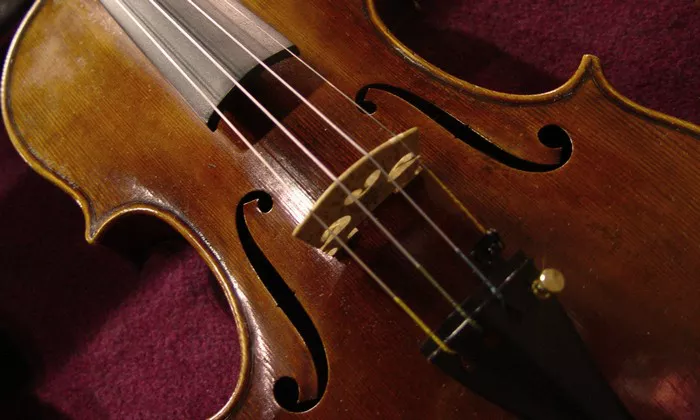The violin, a timeless instrument with a rich history, is a staple in classical music and various other genres. Understanding its anatomy and construction is crucial when embarking on the journey to purchase one. At its core, a violin consists of the body, neck, strings, and various other components that contribute to its unique sound. Mastery of the violin requires not only skill but also a deep appreciation for its craftsmanship and intricacies.
Anatomy of a Violin: Components and Construction
Before delving into what to look for when purchasing a violin, it’s essential to understand its components. The body of the violin, typically crafted from maple and spruce, serves as the resonating chamber that amplifies sound. The neck, fingerboard, and pegbox form the upper portion of the instrument, housing the tuning pegs and facilitating finger placement. Strings, usually made of synthetic materials or natural gut, are attached to the tailpiece and bridge, transmitting vibrations to produce sound.
What to Look for When Buying a Violin?
When investing in a violin, several factors warrant consideration to ensure the instrument’s quality, playability, and suitability for the player’s needs. From craftsmanship to tonal characteristics, here’s a comprehensive guide on what to look for when purchasing a violin.
Craftsmanship and Build Quality: Examine the violin’s construction meticulously, paying attention to the joinery, seams, and varnish. A well-crafted violin will exhibit seamless joints, even varnish application, and precise detailing, indicative of superior craftsmanship.
Tonal Qualities: The violin’s tonal characteristics play a significant role in its overall sound quality. Test the instrument across its range, evaluating its resonance, clarity, and projection. Look for a violin that offers a balanced tone with depth and richness across different registers.
Playability and Comfort: Assess the violin’s playability by testing its action, string height, and ease of fingering. A comfortable neck profile and properly adjusted bridge are essential for smooth playability and effortless technique development.
Sound Projection: Consider the violin’s sound projection capabilities, especially if you intend to perform in larger venues or orchestral settings. Opt for a violin with sufficient volume and projection without compromising tonal quality or clarity.
Instrument Setup and Adjustability: A well-set-up violin with adjustable components such as the bridge and tailpiece allows for fine-tuning and customization to suit the player’s preferences. Ensure that the instrument’s setup facilitates optimal playability and sound production.
Quality of Materials: Inspect the materials used in the violin’s construction, including the wood quality, fittings, and strings. High-quality materials contribute to the instrument’s durability, resonance, and overall performance.
Brand Reputation and Reviews: Research the reputation of violin makers and brands, seeking feedback from experienced players and professionals. A reputable brand with positive reviews is more likely to offer reliable instruments with consistent quality.
Budget and Value Proposition: Set a realistic budget based on your skill level, musical goals, and long-term commitment to playing the violin. Balance affordability with quality and value, considering factors such as craftsmanship, materials, and resale potential.
Best Recommendations for Violin Purchases
While the ideal violin varies depending on individual preferences and requirements, several brands and models consistently receive praise for their craftsmanship, tonal qualities, and playability. Here are some of the best recommendations for violin purchases across different price ranges:
Beginner/Student Level:
- Mendini MV300 by Cecilio
- Cremona SV-175
- Yamaha AV5
Intermediate Level:
- Knilling Bucharest
- Eastman VL80
- Scott Cao STV 017
Advanced/Professional Level:
- Jay Haide
- Gliga Maestro
- Eastman Master Series
Custom/Homemade Violins:
Local luthiers and violin makers often produce exceptional instruments tailored to the player’s preferences and specifications. Consider commissioning a custom violin for a unique, personalized playing experience.
Conclusion
In conclusion, purchasing a violin is a significant investment that requires careful consideration of various factors, from craftsmanship and tonal qualities to playability and budget. By understanding the anatomy of the violin and knowing what to look for when buying one, you can make an informed decision and find the perfect instrument to embark on your musical journey. Whether you’re a beginner, intermediate player, or seasoned professional, there’s a violin out there that resonates with your musical aspirations and inspires your creativity.


